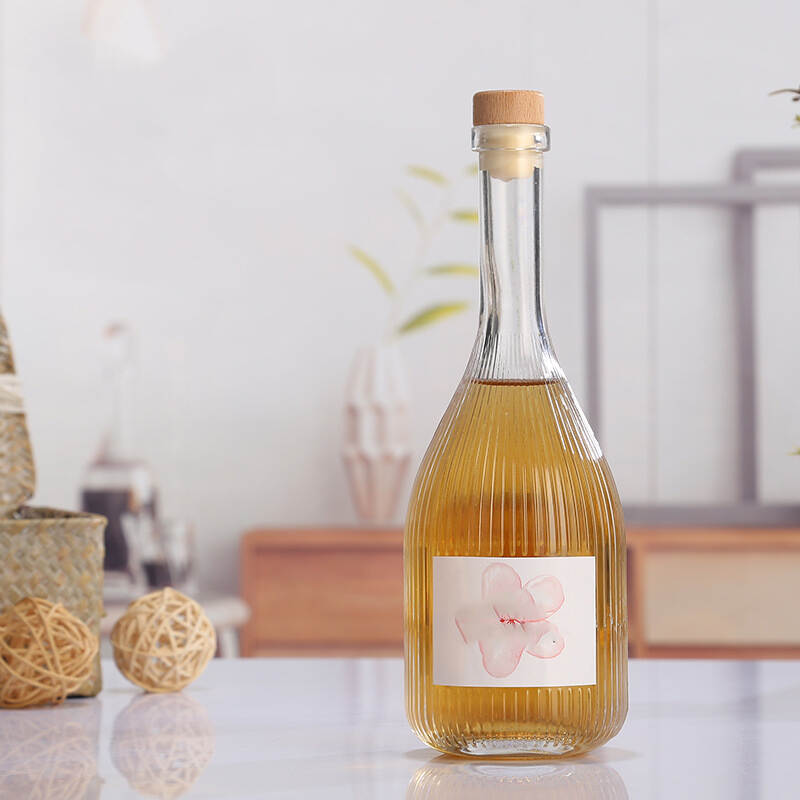Email cannot be empty
Password cannot be empty
Email format error
Email cannot be empty
Email already exists
6-20 characters(letters plus numbers only)
The password is inconsistent
Email format error
Email cannot be empty
Email does not exist
6-20 characters(letters plus numbers only)
The password is inconsistent


Wine is one of the most popular alcoholic beverages around the world. It is enjoyed by millions of people and is associated with hospitality, celebrations, and social gatherings. The wine industry is extensive, and it includes various types of wines, each with its unique characteristics. One of the most critical features of a wine bottle is its shape. Different wine bottle shapes denote different types of wine.
Wine bottle shape refers to the physical design of a wine bottle. Different bottle shapes are used to package different types of wines. Wine bottle shapes are designed to serve specific functions, including protecting the wine from air and light, providing easy pouring and serving, and emphasizing the wine's brand.
Wine bottles have been used since ancient times to store and transport wine. The earliest wine bottles were made of clay, and their shapes varied depending on the wine's origin. For instance, Greek wine bottles had a pointed base, while Roman wine bottles had a bulbous base. The shape and design of wine bottles have changed over time, with the modern wine bottle having a long cylindrical neck and a slightly bulging body.
Wine bottle shapes are classified based on the type of wine they contain. Here are some of the most common wine bottle shapes:
The Bordeaux bottle is used to package high tannin red wines like Cabernet Sauvignon, Merlot, and Malbec. It has a tall straight neck and high shoulders.
The Burgundy bottle is used to package low tannin red wines like Pinot Noir. It has a sloping shoulder and a wide body. The Burgundy bottle is also used to package Chardonnay, which is a popular white wine.
The Champagne bottle is used to package sparkling wine and champagne. It has a thick glass base to withstand the high pressure of the carbonation.
The Rhone bottle is used to package wines from the Rhone region of France. It has a sloping shoulder and a pear-shaped body.
The Alsace bottle is used to package white wines like Riesling and Gewurztraminer. It has a long neck and a slim body.
The Mosel bottle is used to package Mosel Riesling wines. It has a tall, slender neck, and a slim body.
The shape and design of a wine bottle can have a significant impact on the quality of the wine. The shape of the bottle influences the rate at which the wine ages, the wine's temperature, and the wine's exposure to air and light. For instance, sparkling wine and champagne are packaged in thick glass bottles with a punt or hollow base to reduce vibrations and withstand the high pressure of carbonation. The thickness of the glass also protects the wine from light, which can cause spoilage.

The shape of a wine bottle is essential in packaging wine, serving wine, and preserving wine quality. Different wine bottle shapes are designed to package specific types of wines, and the shape can impact the wine's aging, temperature, and exposure to air and light. Every wine lover should understand the different types of wine bottle shapes to choose the right wine for every occasion.